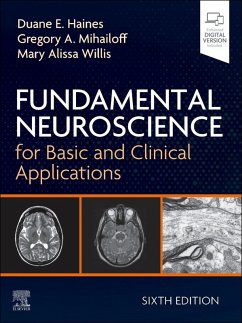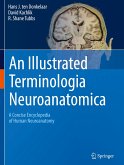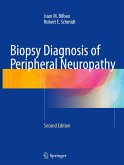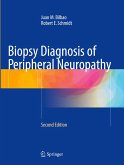Designed to help you comprehend and retain the challenging material you need to know, Fundamental Neuroscience for Basic and Clinical Applications, Sixth Edition, covers the essential neuroscience information needed for coursework, exams, and beyond. Using a rigorous yet clinically-focused approach, it integrates neuroanatomy, pharmacology, and physiology, with separate sections devoted to essential concepts, regional neurobiology, and systems neurobiology.Begins with the basic concepts that are needed to understand neuroscience at a fundamental level, followed by regional coverage designed to help prepare you for examinations, and ending with a full section on systems neurobiology as you enter the clinical phase of your educationContains new end-of-chapter review questions, as well as thoroughly updated information in every chapter, with an emphasis on new clinical thinking as related to the brain and systems neurobiologyFeatures hundreds of correlated state-of-the-art imaging examples, anatomical diagrams, and histology photosPays special attention to the correct use of clinical and anatomical terminology, and provides clinical text and clinical-anatomical correlationsAn eBook version is included with purchase. The eBook allows you to access all of the text and figures, with the ability to search, customize your content, make notes and highlights, and have content read aloudEvolve Instructor site with an image collection and test bank is available to instructors through their Elsevier sales rep or via request at https://evolve.elsevier.com
Review of the previous edition:
"This is one of the best neuroscience books available, probably one of the three best currently. It provides broad coverage with detailed information on this massive topic." - Eduardo A De Sousa, MD, FAAN (Mercy NeuroScience Institute) Doody's Score: 97 - 5 Stars!
"This is one of the best neuroscience books available, probably one of the three best currently. It provides broad coverage with detailed information on this massive topic." - Eduardo A De Sousa, MD, FAAN (Mercy NeuroScience Institute) Doody's Score: 97 - 5 Stars!








